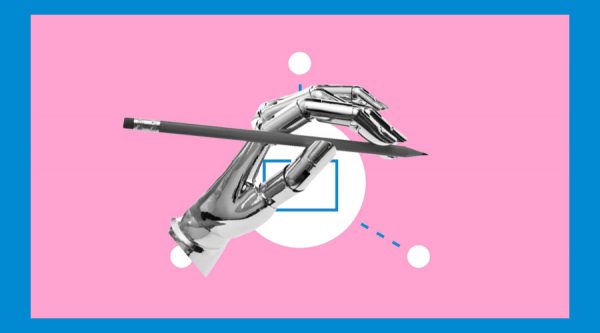The hardest flames to put out in a fire are those that you can’t see coming. The warning signals of impending flashover, a fatal fire phenomena in which nearly all flammable items in a room spontaneously ignite, are difficult to see in the midst of a blazing building’s commotion. However, AI has now accepted the duty of solving this issue.
Flashover is now one of the main causes of firefighter fatalities, but new research suggests that artificial intelligence might provide first responders the much-needed notice. A Flashover Prediction Neural Network, also known as FlashNet, was created by researchers at the National Institute of Standards and Technology (NIST), Hong Kong Polytechnic University, and other institutions to forecast dangerous events seconds before they take place. FlashNet surpassed other AI-based flashover predicting systems in a recent study that was published in Engineering Applications of Artificial Intelligence, boasting an accuracy of up to 92.1% over more than a dozen common residential floorplans in the US.
At around 600 degrees Celsius (1,100 degrees Fahrenheit), flashovers commonly appear and can cause temperatures to rise much further. Existing research techniques either rely on continuous temperature data from burning structures to predict these events, or they use machine learning to fill in the gaps when heat detectors fail due to high temperatures. The majority of machine learning-based prediction tools up until this point have been created to function in a particular, well-known context. In practise, firemen do not have this privilege. They may have little to no knowledge of the layout, the position of the fire, or whether or not doors are open as they charge into hostile territory.
The co-first author of the new study and mechanical engineer Wai Cheong Tam of NIST said, “Our prior model only had to include four or five rooms in one configuration, but when the layout switches and you have 13 or 14 rooms, it can be a nightmare for the model.” “We feel the key is to get to a generalised model that works for many different buildings for a real-world application.”









